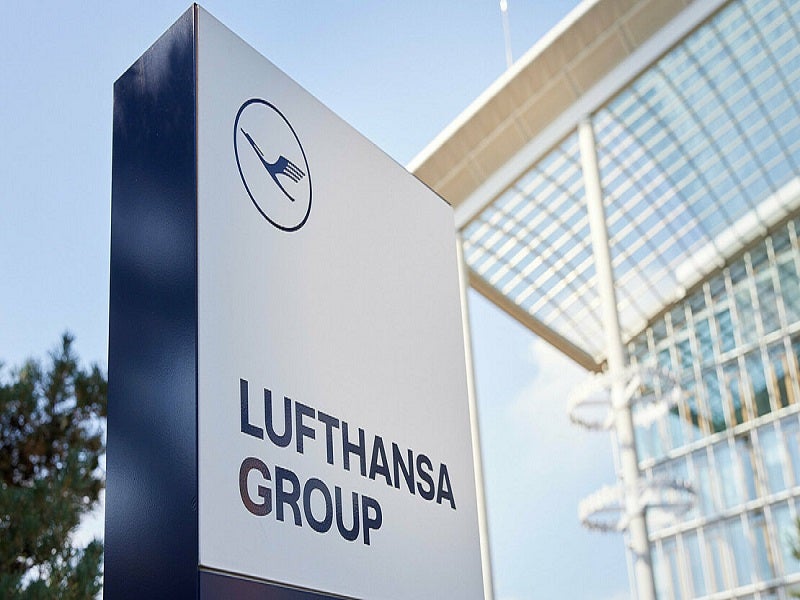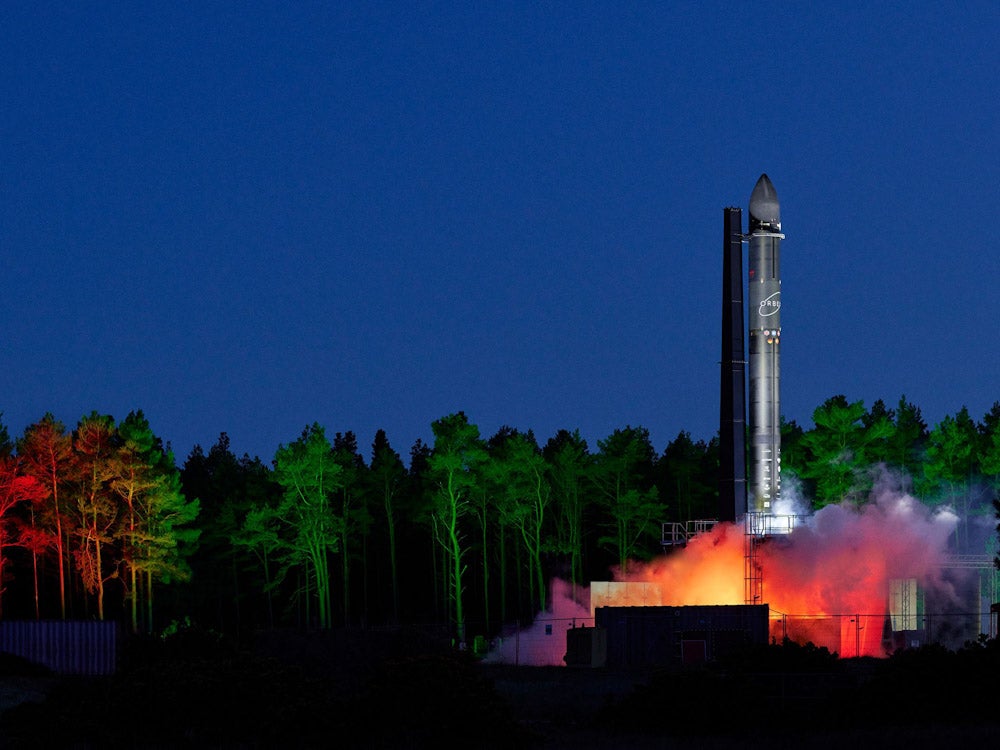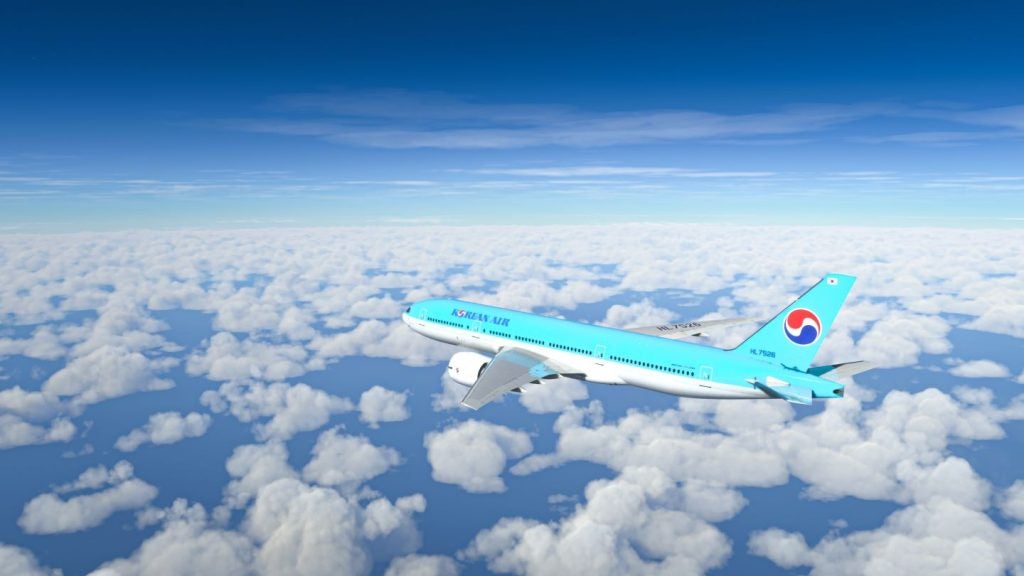
Having risen through the ranks of Emirates’ information services department and having been associated with various domains (including airports) for the past 18 years, Meenakshi Agrawal is now manager of the Group’s IT department for airports. Given her experience, tenacity and enthusiasm for the job, few individuals are more qualified to discuss the needs of airports, airlines and ground servicing companies.
Agrawal’s latest success story is with real-time monitoring systems, and personal digital assistant (PDA) and wireless technology. The new Terminal 3 at Dubai Airport is fully wireless enabled, which has shown Emirates the potential of the technology. It is being snapped up by other airports and ground handling service companies, and Dubai now treats it as a necessity rather than a handy gadget.
The basic principle behind the concept is a state-of-the-art, real-time monitoring system that is linked to all the parties involved in ensuring the most efficient and effective aeroplane turnaround at an airport.
“There are two main components,” Agrawal explains. “There’s a regular PC dashboard, which provides an overview of the entire system and has potential red, amber and green signals for flights. Then dispatchers have a handheld PDA that gives many more operational details. It tells them, for example, that on the next flight landing there are transfer passengers from Moscow, then the inbound flight arrives and tells them where other passengers for the departing flight are, in terms of the check-in process. They have information to tell them exactly how long they have to wait, and they can then see immediately if the flight looks likely to be delayed and, if possible, how this can be rectified.
“The dashboard provides a planner view so you can see that, if a flight’s departing in the next hour and hasn’t yet had its baggage loaded, it isn’t going to connect or is going to be delayed. The dispatcher has an allocated number of flights so the information sent to each PDA is only the information that person needs. This means that they are receiving the most up-to-date information on whatever aspect they need for that flight.”
See Also:
The system was primarily driven to ensure early visibility and monitoring of events to drive on-time performance and operational efficiencies. All delays cost the airline, the airport and the ground handler.
How well do you really know your competitors?
Access the most comprehensive Company Profiles on the market, powered by GlobalData. Save hours of research. Gain competitive edge.

Thank you!
Your download email will arrive shortly
Not ready to buy yet? Download a free sample
We are confident about the unique quality of our Company Profiles. However, we want you to make the most beneficial decision for your business, so we offer a free sample that you can download by submitting the below form
By GlobalDataOut with the old
It was only when assessing the hectic activity that preceded an aircraft departure and working with all relevant parties closely that Agrawal and her team realised the sheer volume of telephone calls and paperwork that goes on.
“We found that all this could be solved if we had something cutting across all operations systems so dispatchers can get the data sent to them individually,” she says. “Rather that going to the check-in monitors in the baggage system or the transfer area, more would be gained by putting it all together and sending it to them in one place.”
Agrawal looked at operations inefficiencies and the irregular departure times, and realised something had to change. There was also an unprecedented growth in flights; volumes were increasing year-on-year, which showed that the old ways of managing flights just weren’t working.
“We needed something much slicker, much more available to everyone involved,” she says. “Dubai Airport is geographically huge, so to get access to information you have to use the telephone, or walk to the office to check the system, so we needed something for these people on the go.
“One of the things that I can’t emphasise enough is the importance of the mobile worker. They need to be on the ramp or at the gate, and asking someone to be on the phone or get information from a system is no longer a viable option.”
Give a little
The original concept was devised predominantly to be a business process monitoring tool. It was designed to be flexible and parameter-driven, and enable users to:
- Define key events of business that should be completed at a specific time
- Define the rules for the completion of the events based on arrival/departure, aircraft, terminal and flight type (passenger or cargo)
- Generate alerts if the events are not completed as per the defined rules
- Present a dashboard of flights for the selected window for near real-time updates
- Enable users to exchange messages to reduce the need for telephonic communication.
However, the focus has since changed. The technology has matured into much more than an activity monitoring tool. It combines information from nine real-time interfaces and is a convenient tool for flight dispatchers and other airport personnel who are always on the move. The key unexpected benefit has been the avoidance of latency between an event’s occurrence and information about the event being provided to the relevant decision makers.
Teething problems
The newly realised importance of the system had pushed forward technological advancements and been accounted for in the new terminal’s design. “When we rolled it out three years ago it was a bit limited; the terminal was wirelessly configured but it was a bit sketchy,” says Agrawal. “Since the brand-new building has been completely wirelessly configured, it’s far more effective.”
This also applied to the PDA technology: ‘The battery life wasn’t where we needed it to be. An individual dispatcher will have the PDA active and running for the length of their shift, which is usually about 12 hours. It was also very clunky. Now the batteries last longer and are much lighter. The screens are bigger and more outdoor-friendly; they have better anti-glare and reflective capabilities, which has been a concern with the heat and daily sunshine here.’
Next on the agenda
The system is continuously monitored and has been upgraded every six months. “It has a continuous feedback and improvement loop, with improvements being fed in through a joint working group compromising of DNATA – the ground handler – and Emirates,” says Agrawal. “In future, we hope to not only monitor the events as they happen on the ground but also provide possible solutions to avert consequential delays. This would include features such as tracking and tracing last-minute bags. A planned integration with a brand-new baggage information repository would not only tell the dispatcher how many bags are missing, but if available within the airport, the tool would be able to give the latest updates on their whereabouts.”
And this is not all. The next step is to use the handy PDA to feed information back to the system, not simply to use it to view events. Simulations and ‘what-if’ scenarios are also part of the release.
At the moment the number of PDAs in use between the airline and the ground handler exceeds 200. The baggage services team accounts for more than 75 units and the dispatchers account for about 50. The potential of the system and its mobile availability is great, and is only now beginning to be leveraged and explored by airport users.
There is hope of pushing the system at all Emirates outstation airports but it’s a process of development. Its success is not only evident to those who work at Dubai: other airports, airlines and ground handlers are also taking interest.
“We are all working so well together, but right now it’s only in the discussion phase; other parties are viewing what we have and assessing the individual benefits,” enthuses Agrawal. “We feel that it’s something that has clear benefits once you start realising it. In fact, it’s pretty obvious once you begin using it: the technology quickly moves from being nice to have, to being essential.”







